Adjustable Outdoor Lounge Chair

by
Amanda C, Hometalk Team
(IC: paid contributor)
10 Materials
$70-100
8 Hours
Advanced
Soooo every once in a while I like to sunbathe on my rooftop, but I have been laying on the floor on a towel. With that being said, I thought it would be nice to put together an outdoor lounge chair that was adjustable. This piece can lay completely flat if you need to put it away and can adjust to various sitting / lounging positions. This is mostly a matter of wood and measuring and is simpler than it looks!
Can't wait to catch some vitamin D in this beauty. Don't worry I will wear sunscreen... I'll also probably do some star gazing (though I only tend to see 1-3 stars in these parts)
SUPPLIES:
STEP 1: Cut all your wood pieces according to the cut list posted above.
STEP 2: Drill a Hole
STEP 3: Glue wood together for your main frame
STEP 4: Screw the pieces in place
STEP 5: Attach slats to the main frame
STEP 6: Attach the middle frame and top frame
STEP 7: Attach the Spacers
STEP 8: Add slats to your middle frame
STEP 9: Build the upper frame
STEP 10: Attach your frames to each other
STEP 11: Add a resitng spot for your head
STEP 12: Stain the chair
This position is with the pins posted in the 3rd hole down from the top. I think it is a pretty good standard position.
Enjoyed the project?
Any price and availability information displayed on [relevant Amazon Site(s), as applicable] at the time of purchase will apply to the purchase of this product.
Hometalk may collect a small share of sales from the links on this page.More info
Published August 2nd, 2016 2:14 AM
Comments
Join the conversation
2 of 6 comments
-
-
Brilliant! Thank you for sharing!
 Hillela G.
on Aug 07, 2016
Hillela G.
on Aug 07, 2016
-



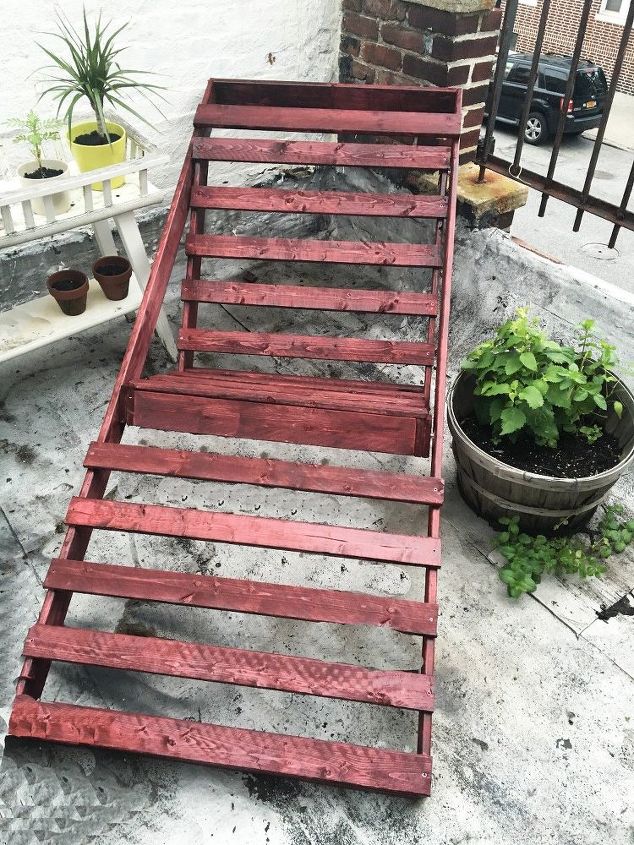
























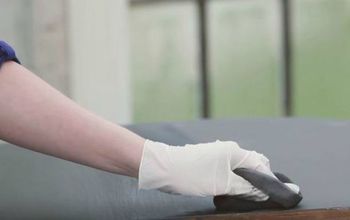
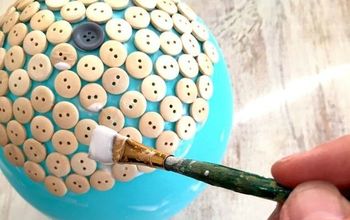



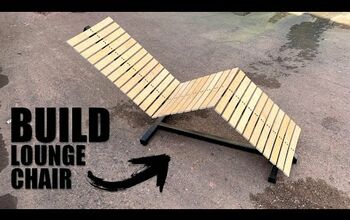

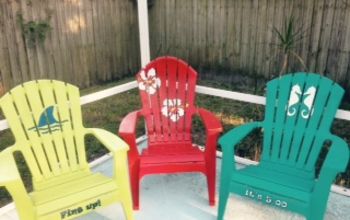
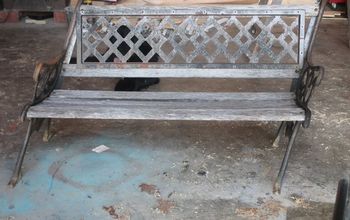
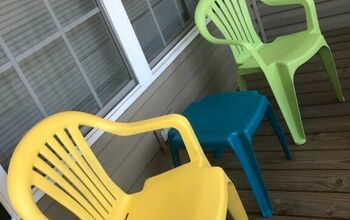

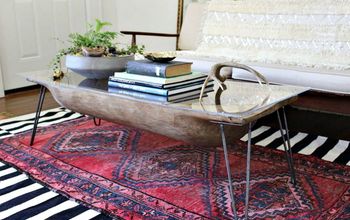
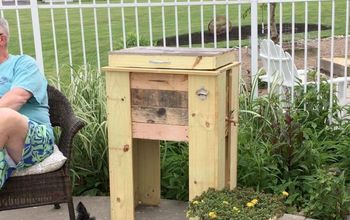
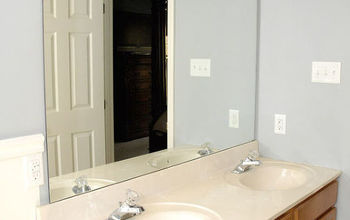


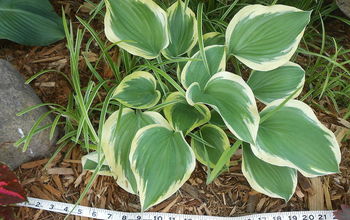

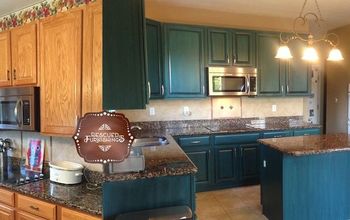


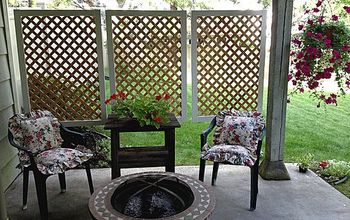

Frequently asked questions
Have a question about this project?